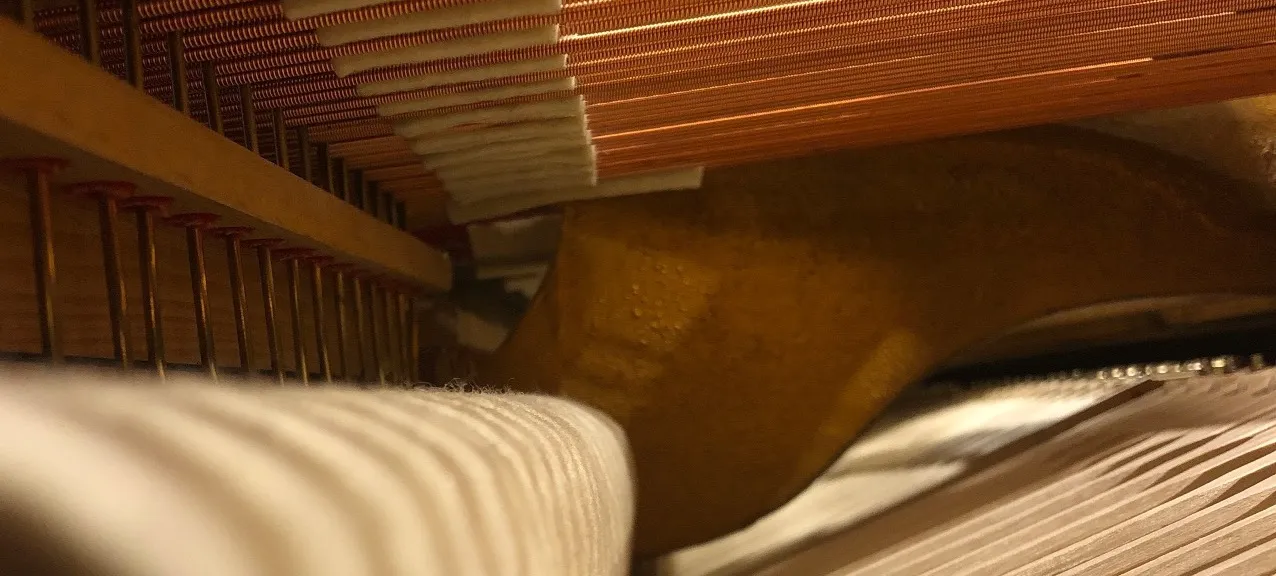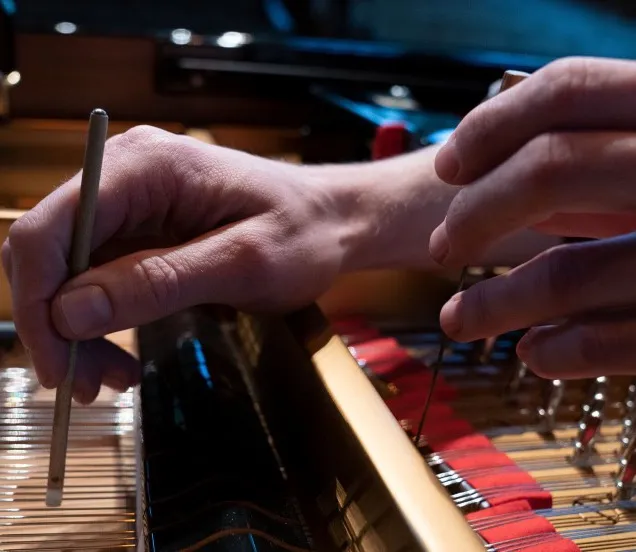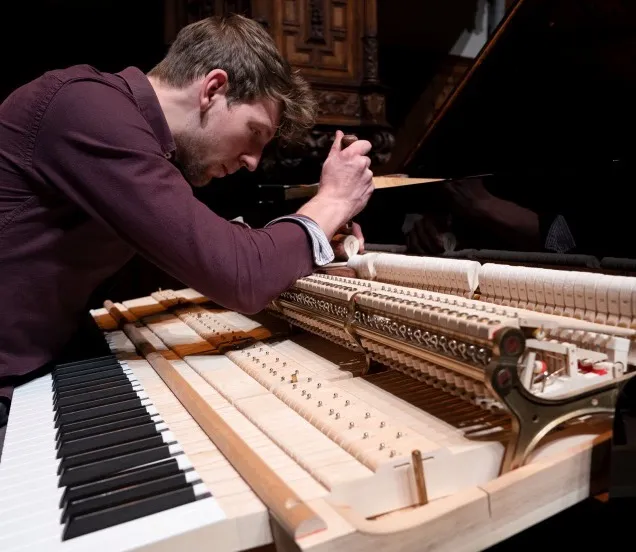The whole piano or grand piano should have the same hardness of tone. When that is equalized, you get a balanced sound picture. Often a technician will then meet with a customer to discuss how their piano or grand piano may sound. There will be puncturing, listening, scheitelen, tuning and puncturing again. This customization/editing ensures that the sound matches your musical preferences as much as possible.
Such a voicing job can sometimes take days. It just depends on how much the technician is allowed to do by the client to get the best result. This kind of intonation job is often done at pianists' homes or in concert halls. There is actually no point in performing such an intensive intonation job on a cheaper piano. The quality of a piano or grand piano plays an important role. A good quality instrument lends itself better to a nice intonation.
Keep in mind that each piano or grand piano has a limited number of possibilities. It is not the case that we can completely change the sound of a grand piano. Yes, a lot can be done with the sound. But if you are looking for a totally different sound, then it might be better to look for another piano or grand piano.






